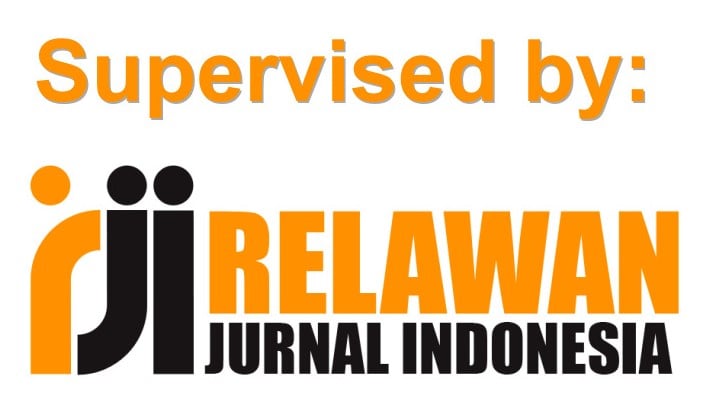KEPERCAYAAN TERHADAP PERPINDAHAN MAKAM DI TANJUNG
DOI:
https://doi.org/10.18592/jsi.v2i1.1090Keywords:
kuburan, makam, mediator, komunikasi rohaniAbstract
Describing where the moving tomb of Syekh Timur Tengah (hereinafter abbreviated as STT) in Tanjung. The removal of STT was through mediation with the tomb. This tomb is managed to perpetuate the relationship with STT’s spirit and the pilgrims. There is ‘haulan’ tradition in every 14 of Sha’ban, at that time HA is busy to communicate to the STT’s spirit, showing his encounter with the spirit of the dead in ‘conscious’ condition. According to al-Jauzi, the alive people can meet the spirit of the dead through dreams/ conscious based on the al-Zumar verse 42. It said that death is not lost but it is the separation of the body with the spirit. Their meeting is based on Ali ‘Imron verse 169-171 when he gets the blessing from Allah and when his brother who livedin the path of His. This is recognized by the Sufism as Liqa Barzakhi, as experienced by al-Tijani, it is out of ratio range. Meeting of HA and STT’s spirit is assumed as liqa Barzakhi, although it requires further study.References
Al-Qur’an al-Karim
Al-Banjari, Syekh Muhammad Arsyad, (tth). Sabilal Muhtadin Li al-Tafaqquh fi Amr al-Din, Mesir: Dar al-Ihya al-Kutub al-Arabiyah.
Bruinessen, Martin van, (1999). Tarekat Naqsyabandiyah di Indonesia, Cet. Ke-IV, Jakarta:Mizan,
Al-Jauzy, Imam Syamsuddin Abi Abdillah bin Qayyim, (1979). al-Roh Li Ibn al-Qayyim, diterjemahkan oleh Jamaluddin Kafi dengan judul Masalah Roh, Surabaya: PT. Bina Ilmu.
Muslim, Imam, (tth). Shahih Muslim, Bandung: Syirkah al-Ma’arif li al-Thaba’ wa al-Nasyr.
Mulyati, Hj. Sri, et al, (2004). Mengenal dan Memahami Tarekat-Tarekat Muktabarah diIndonesia, Edisi I,Cet. Ke-I, Jakarta: Pranada Media.
Sani, Murjani, (2006). Tarikat Sufiyah Islam dalam Pemikiran Tasawuf KH. Abdul Muin Hidayatullah (Tesis S2), Banjarmasin: Institut Agama Islam Negeri Antasari.
Downloads
Published
How to Cite
Issue
Section
License
Authors who publish with this journal agree to the following terms:
- Authors retain copyright and grant the journal right of first publication with the work simultaneously licensed under a Creative Commons Attribution License that allows others to share the work with an acknowledgment of the work's authorship and initial publication in this journal.
- Authors can enter into separate, additional contractual arrangements for the non-exclusive distribution of the journal's published version of the work (e.g., post it to an institutional repository or edit it in a book), with an acknowledgment of its initial publication in this journal.
- Authors are permitted and encouraged to post their work online (e.g., in institutional repositories or on their website) before and during the submission process, as it can lead to productive exchanges, as well as earlier and greater citation of published work (See The Effect of Open Access).





















